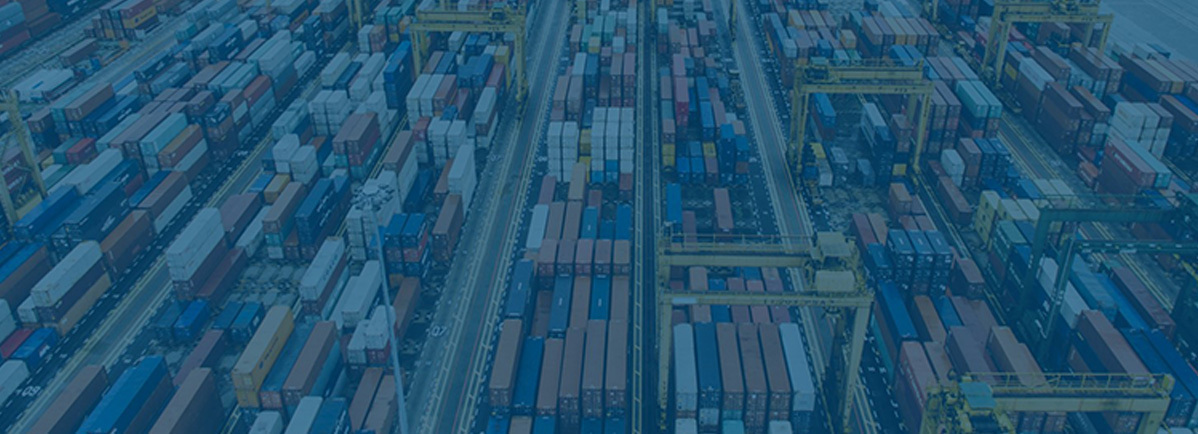The pandemic has exposed weaknesses of many supply chains and as a result, is pushing the pace of change for a lot of companies. Digital transformation is now an immediate necessity and not the luxury as some organizations thought it was at the beginning of this year.
Covid-19 and its effects on the supply chain may seem to be a once in a lifetime crisis, but disruptive events are relatively common. In 2001, 911 had a global impact as did the financial crash in 2008. There have been more localized events that have disrupted supply chains too: SARs in China, hurricanes, floods, wars, and political coups in many countries. If recent history has taught us anything, it is to expect the unexpected.
This is why Tomas Fertig, President and CEO of Seidor USA has recorded a video presentation from his home office in Texas. He is keen to give the audience a glimpse into the tools which can help to deal with the current crisis and to come out the other side even more efficient, innovative, and competitive.
Mr. Fertig also talks about the importance of developing a risk mitigation plan to prepare for future disruptions, and how best to approach creating such a plan. A good risk mitigation plan will help organizations to identify the tools, people, and processes they currently have and what they may need to add or change to cope with future events.
It is certain, that it isn’t just large-scale global events and natural disasters that disrupt the supply chain. Other, more common, influences include changes in technology and the resulting innovations, new government regulations, new competitors, commodity price swings, and changes in consumer taste. So, disruption to the supply chains of the organizations is guaranteed.
Seidor helps companies progress their digital transformation, to implement and design what needs to be done first, and to be realistic about what the priorities are. This is crucial, especially when in the middle of a hugely disruptive event. Mr. Fertig recommends not to jump into any large project as a reaction to being in a crisis. It is a known fact that there are simple things that can be done to get companies in good shape globally to get a better insight into their supply chain, identify and manage risks and make data-driven decisions with real-time, easy to consume information from multiple internal and external sources.
During any major global event, many businesses manage to weather the storm and emerge stronger than ever before. So, Mr. Fertig encourages organizations to hang on in there and do what they can to improve their adaptability – which is what helps to survive multiple disruptions over the long-term.
This video presentation provides tips for organizations to improve their adaptability, to find out how to develop a risk mitigation plan and get an idea of the technology available to manage current, and any future, disruption in their supply chains. Are you interested to learn more?

stronger than one
